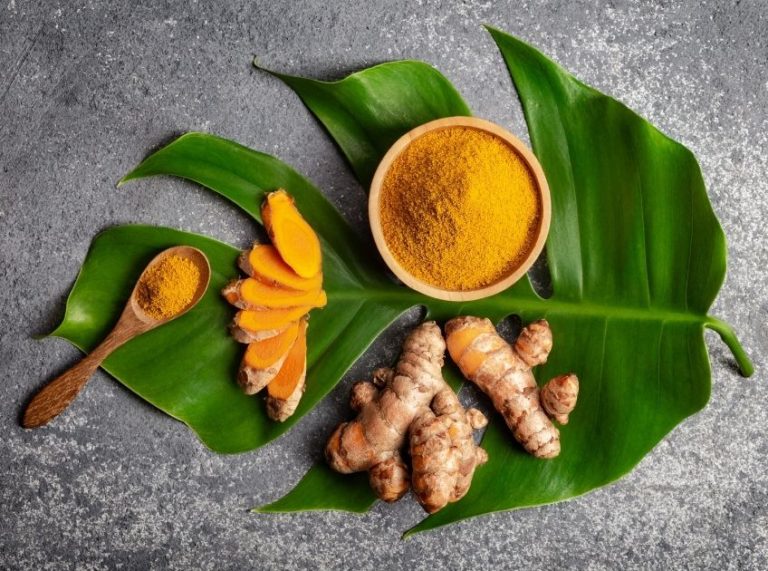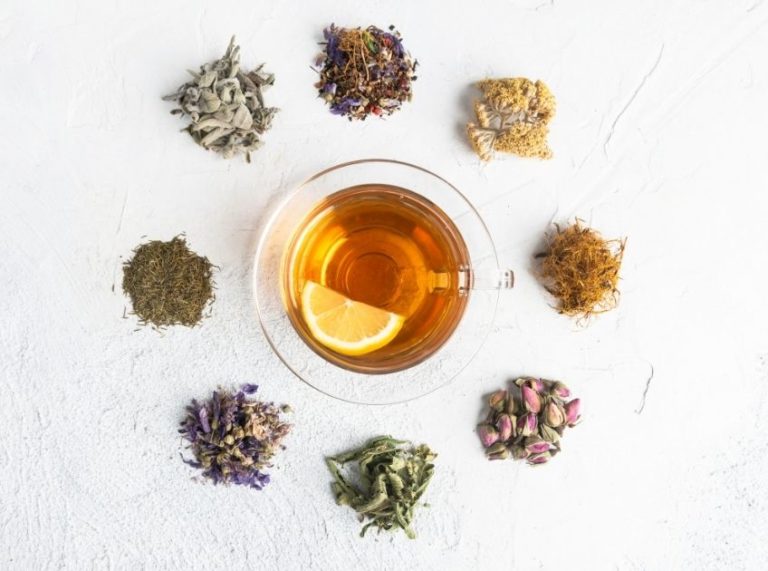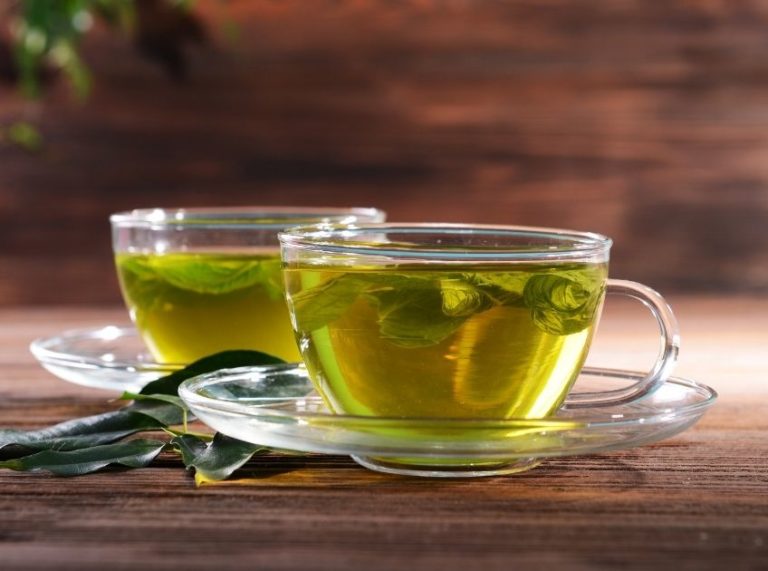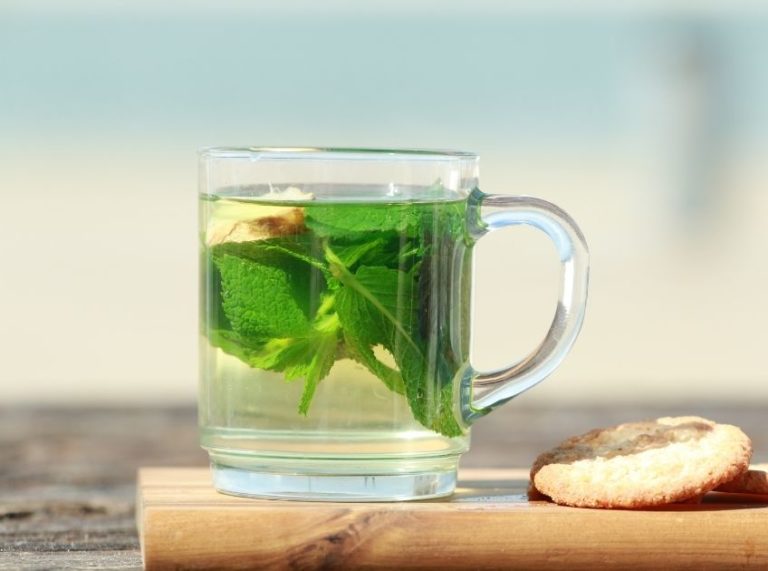
Important: This article is for informational purposes only. Please read our full disclaimer for more details.
Hormones are the body’s silent messengers — controlling energy levels, mood, metabolism, sleep, and even skin health. But when these chemical messengers fall out of sync, it can lead to fatigue, weight gain, irritability, irregular periods, and more.
While modern medicine offers several treatments, many people today are turning to nature’s pharmacy for help. Certain herbs, used for centuries in traditional systems like Ayurveda and Traditional Chinese Medicine (TCM), have shown remarkable potential to balance hormones naturally — supporting the adrenal glands, thyroid, and reproductive organs.
Let’s explore five impressive herbs known for restoring hormonal balance and how science backs their effectiveness.
5 Herbs That Naturally Restore Hormonal Balance
1. Ashwagandha (Withania Somnifera)
Why it helps:
- Ashwagandha is a powerful adaptogenic herb known to support the body’s stress response. Chronic stress elevates cortisol — the “stress hormone” — which can disrupt thyroid and reproductive hormones. Ashwagandha helps regulate cortisol, supporting balanced thyroid function and reproductive hormone production.
Scientific insight:
- A 2019 study in the Journal of Alternative and Complementary Medicine found that ashwagandha supplementation significantly reduced cortisol levels and improved thyroid hormone markers in adults with subclinical hypothyroidism (1).
How to use: Available in powder, capsule, or tincture form. Typical dosage: 300–500 mg daily with meals.
Precaution: Avoid during pregnancy and consult a doctor if taking thyroid medication.
2. Maca Root (Lepidium Meyenii)
Why it helps:
- Native to the Andes, maca is a well-known “hormone balancer” that supports the hypothalamic-pituitary-gonadal axis — the system responsible for regulating estrogen, progesterone, and testosterone. It’s often used to enhance libido, energy, and fertility in both men and women.
Scientific insight:
- Research published in BMC Complementary and Alternative Medicine showed that maca may help improve sexual desire and support balanced hormone levels without directly affecting estrogen or testosterone production — instead acting through endocrine regulation (2).
How to use: Add 1–2 teaspoons of maca powder to smoothies or oatmeal. Also available as capsules.
Precaution: May cause mild digestive discomfort initially; start with small doses.
3. Vitex (Chaste Tree Berry)
Why it helps:
- Vitex is one of the most researched herbs for women’s hormonal health. It works by influencing the pituitary gland to balance progesterone and estrogen levels — making it especially helpful for PMS, irregular periods, and menopausal symptoms.
Scientific insight:
- A review in Planta Medica confirmed that Vitex agnus-castus effectively reduces PMS symptoms and helps restore menstrual regularity by normalizing luteinizing hormone (LH) and prolactin levels (3).
How to use: Usually taken as a tincture or capsule (20–40 mg extract daily). Best taken in the morning.
Precaution: Not recommended during pregnancy or with hormone therapy without professional guidance.
4. Rhodiola Rosea
Why it helps:
- This adaptogenic root helps regulate stress hormones like cortisol and adrenaline, supporting adrenal health. By improving stress resilience, Rhodiola indirectly promotes healthy thyroid and reproductive hormone function.
Scientific insight:
- A study published in Phytomedicine found that Rhodiola improved symptoms of stress-related fatigue, suggesting it helps balance the body’s hormonal response to chronic stress (4).
How to use: Common dosage: 200–400 mg daily of standardized extract, taken early in the day to avoid sleeplessness.
Precaution: Avoid combining with stimulant medications or high caffeine intake.
5. Black Cohosh (Actaea Racemosa)
Why it helps:
- Black cohosh has long been used to ease menopausal symptoms such as hot flashes, mood swings, and sleep disturbances. It mimics estrogen activity in the body, providing gentle support during hormonal transitions.
Scientific insight:
- According to research in Menopause Journal, black cohosh supplementation reduced hot flash frequency and improved mood stability in postmenopausal women without adverse effects on hormone-sensitive tissues (5).
How to use: Available as tea, tincture, or capsule (standardized to 20–40 mg daily).
Precaution: Not suitable for women with estrogen-sensitive conditions (like certain breast cancers).
Other Natural Ways to Balance Your Hormones
While herbs can be a cornerstone of hormonal health, your lifestyle habits play an equally important role. To create sustainable balance:
- Eat a hormone-friendly diet: Include whole foods, leafy greens, omega-3 fats, and cruciferous vegetables (broccoli, kale, cabbage) that support liver detoxification.
- Prioritize sleep: Aim for 7–9 hours nightly to maintain cortisol and melatonin balance.
- Manage stress: Try yoga, meditation, deep breathing, or journaling.
- Exercise regularly: Moderate physical activity helps regulate insulin and reproductive hormones.
- Limit toxin exposure: Avoid plastics, pesticides, and chemical cosmetics that may contain hormone disruptors (xenoestrogens).
Small, consistent changes make a big difference over time — especially when combined with targeted herbal support.
The Science Behind Hormone-Balancing Herbs
- Herbs like ashwagandha, maca, and vitex don’t supply hormones directly. Instead, they work through the endocrine system, supporting the glands that produce hormones — such as the adrenal glands, thyroid, and ovaries.
- Adaptogenic herbs (like Rhodiola and Ashwagandha) enhance your body’s ability to handle stress, lowering cortisol levels that can otherwise suppress reproductive hormones (6). Phytoestrogenic herbs (like Black Cohosh) provide gentle, plant-based estrogenic support for women during perimenopause and menopause.
- Modern research continues to validate these ancient remedies, highlighting their role in restoring homeostasis — your body’s natural state of balance.
Frequently Asked Questions (FAQ’S)
1. Can I take multiple hormone-balancing herbs together?
A. Yes, but it’s best to start with one or two under professional guidance. Combining adaptogens like ashwagandha and maca, for example, can be beneficial, but excessive use may overstimulate the system.
2. How long does it take to see results from herbal hormone therapy?
A. Herbal remedies usually take 4–8 weeks to show noticeable effects. Consistency and a healthy lifestyle are key to long-term results.
3. Are these herbs safe for everyone?
A. Most are safe for general use, but people with thyroid issues, hormone-sensitive conditions, or those on medication should consult a healthcare provider before use.
Balancing your hormones doesn’t always require synthetic solutions — sometimes, nature offers the gentlest and most effective remedies. Herbs like ashwagandha, maca, vitex, rhodiola, and black cohosh work with your body’s rhythms to restore equilibrium from the inside out.
Still, herbs work best as part of a holistic approach — including nourishing food, adequate sleep, stress management, and mindful living. When used wisely, these plants can be your allies in achieving balanced hormones and vibrant health at any stage of life.















